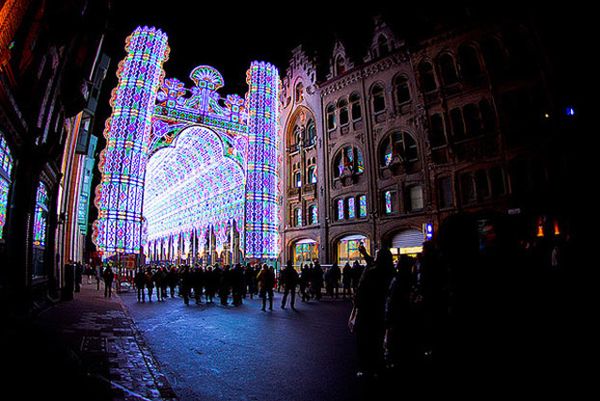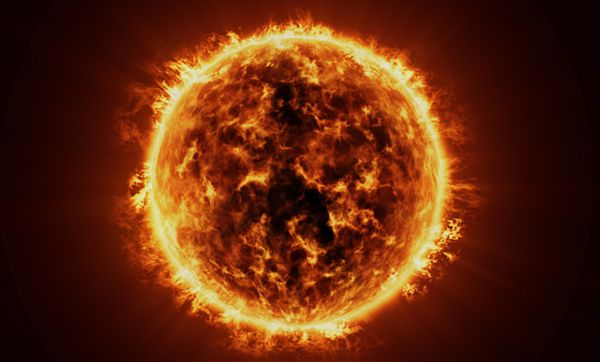If you're camping near the United States/Canada border or points farther north, you might see an eerie glow in the night sky. Sometimes it can look like twilight. At other times it can look like a glowing, dancing ribbon of light. The light may be green, red, blue or a combination of these colors. What you are seeing is called the aurora borealis, or simply an aurora.
Auroras have signified different things to different cultures. The Vikings thought that auroras were reflections off the armor of the mythical Valkyries. To the native Eskimos of Greenland and nearby Canada, auroras were communications from the dead. To American Indians, they were lights from huge campfires far to the north. In medieval times, auroras were omens of war or disasters, such as plague. Today, we know that they're a light phenomenon caused by high-energy particles from the sun's solar winds interacting with the Earth's magnetic field. However, knowing the physical reason for auroras certainly doesn't detract from these beautiful natural light shows.
Advertisement
Because auroras are caused by the interaction of solar winds with the Earth's magnetic field, you can see them most often near the poles, both north and south. In the north, they're called aurora borealis, or Northern Lights. Aurora is the name of the Roman goddess of the dawn, and "boreal" means "north" in Latin. In the southern hemisphere, auroras are called aurora australis (Latin for "south").
Auroras follow solar cycles and tend to be more frequent in the late autumn and early spring (October, February and March are the best months for seeing them). Around the Arctic Circle in northern Norway and Alaska, you can see them almost nightly. As you travel south, their frequency diminishes. Around southern Alaska, southern Norway, Scotland and the United Kingdom, they might show up about one to 10 times per month. Near the United States/Canada border, you may see them two to four times a year. Once or twice a century, they might pop up in the southern United States, Mexico and the equatorial regions.
Let's take a closer look at auroras and what causes them.


